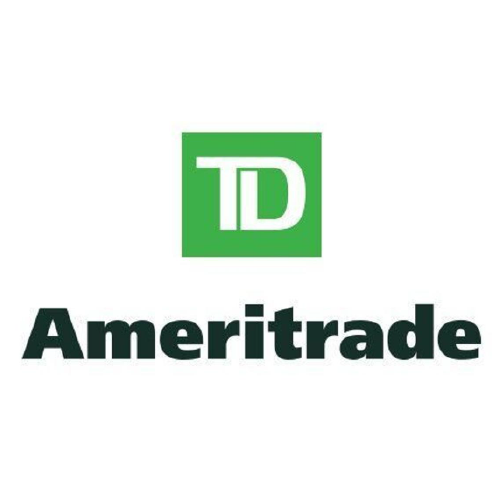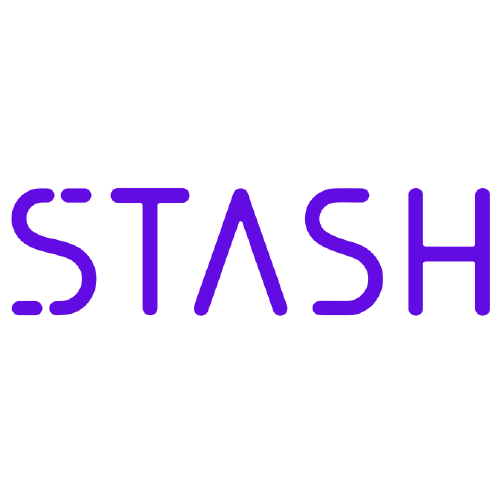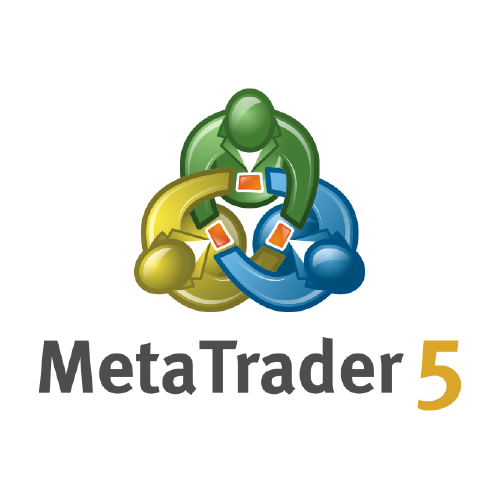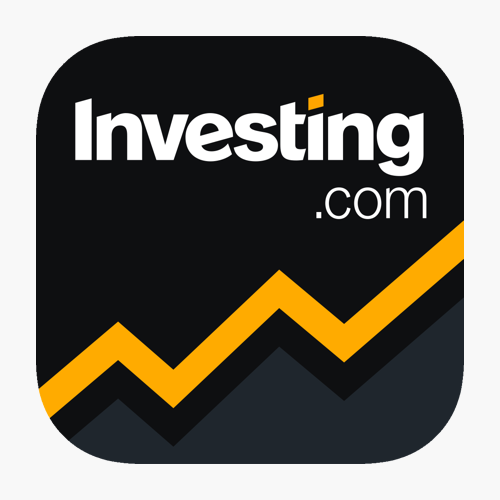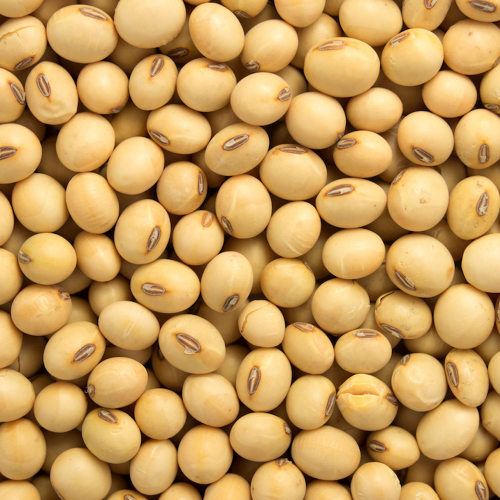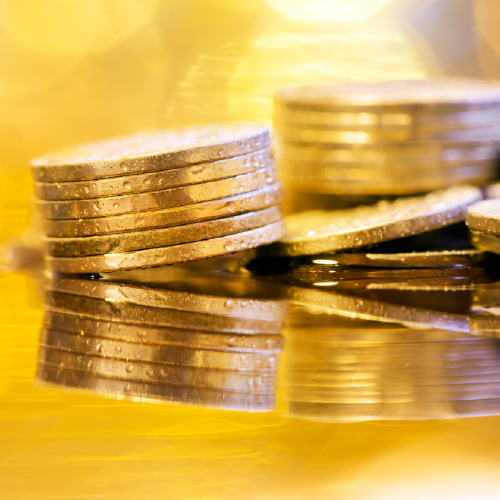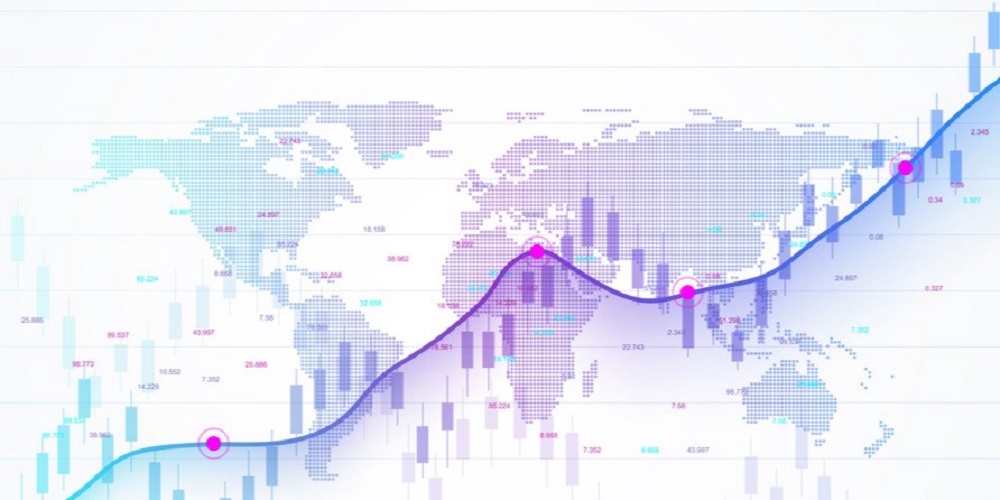
Three Market Making Strategies
They are not interested in the price of the underlying instrument but are instead acting as an intermediary between buyers and sellers.
The closest real-world example is a currency exchange desk at an airport. Their goal is to buy and sell as quickly as possible, without building up a huge inventory in any one currency.
On an electronic exchange, there are a number of market makers, all jostling to quote the best prices, much as you would have several currency desks at an airport.
A Simple Example
You own 100 shares of Apple and you'd like to sell them. When you click 'sell' in your online brokerage, somebody, somewhere else in the world, has to buy those shares from you, at that exact quantity and price.
The odds of having another investor, sitting at home, who's placed an order to buy exactly 100 shares of Apple at the same time is low. Market makers serve as a go-between.
A market maker will buy your shares from you, with the hope that they can flip them for a tiny markup to the next investor who comes along.
This difference between the buying price and the selling price is called the spread.
Market makers differ from investors in that they want to hold the shares for as little time as possible (as there's a risk the price will change), and want to trade as often as possible, to pick up those tiny spreads.
For small lots, market making for shares is done electronically.
For large blocks of shares, these are traded away from the main exchange, usually by the broker calling different market makers and trying to do deals on the phone.
Market makers will be members of an exchange. This means that instead of paying a fee per transaction, they will pay a fixed subscription and every individual trade is free.
Market makers are necessary for the proper functioning of a market, so exchanges may often incentivise market makers with rebates, inside information or better technology.
The Best Trading Platforms
Let’s take a look at the best trading to earn more.
1. Liteforex
Best for: Learning from others
Liteforex is one of the most popular online reliable brokers over the world. Over the past 15 years, it has developed a strong reputation for beginners and experienced investors alike, has a minimum $100 deposit.
The Liteforex app aims to use easy for every clients. It is available on Google Play and the App Store and allows you to move seamlessly between devices.
It’s innovative features include:
- Pre-programmed one-click trading
- Copy Trader – Copy the trades of others in real-time
- Its own social networking platform
- Pre provided investment strategies which they call Copy Portfolios
The app boasts the ability to allow you to place online trades even if the trading platform is down.
The information is being presented without consideration of the investment objectives, risk tolerance, or financial circumstances of any specific investor and might not be suitable for all investors.
2. FXTM
The FXTM Platform itself is intuitive and easy to use, suitable for those just getting into trading and those more experienced alike.
It is designed to offer a full replication of an institutional trading environment including depth of market.
With advanced risk management and order functionality, this is a detailed platform for trading stocks.
The FXTM app offers a premium range of order types, with advanced technical analysis tools.
You can set up push and email notifications for the important things that you want to know in relation to your stock trading needs – such as price alerts and trade statistics.
Within the app, you can:
- Complete a range of order types
- Work with all your accounts in one app
- Understand detailed trade analysis
- Review detailed order tickets – base currency dollar value and pip distance
As a platform, there are comprehensive educational videos and explanations of symbols, so you can find optimized processing for expert advisors and indicators.
The information is being presented without consideration of the investment objectives, risk tolerance, or financial circumstances of any specific investor and might not be suitable for all investors.
3. FBS
Best for: CFDs
This app is designed for those wanting to trade outside of the US. It is considered one of the best for CFDs on shares and has a minimum $100 deposit.
There are low trading fees but considerable fees for inactive users.
The educational section is average, as are the research tools. However, the app is easy to use overall.
This app is recommended for those familiar with CFDs and who are actively trading. Reviews of the app show that users like the:
- Account-opening process
- Deposit and withdrawal features
- Customer service
- Actual trading platform
The information is being presented without consideration of the investment objectives, risk tolerance, or financial circumstances of any specific investor and might not be suitable for all investors.
Market Makers – Limit Orders vs Market Orders
As a speculator, trader or investor, you would normally enter the market with a market order.
That's an order to trade a share at the best available market price at that moment.
You are referred to as a 'taker', as you take liquidity out of the market.
You do this because you think the market is mispriced and you're willing to bet you're right.
Market makers, by comparison, only use limit orders.
Limit orders specify the exact (and only) price they're willing to be filled at.
A limit order of 10 shares at $100 will sit waiting on the exchange’s limit order book until a market order comes along and takes it.
A market order tells the exchange to fill an order at the best possible price being offered in the exchange’s limit order book, right now, without waiting for a potentially better price.
An exchange matches limit orders to market orders.
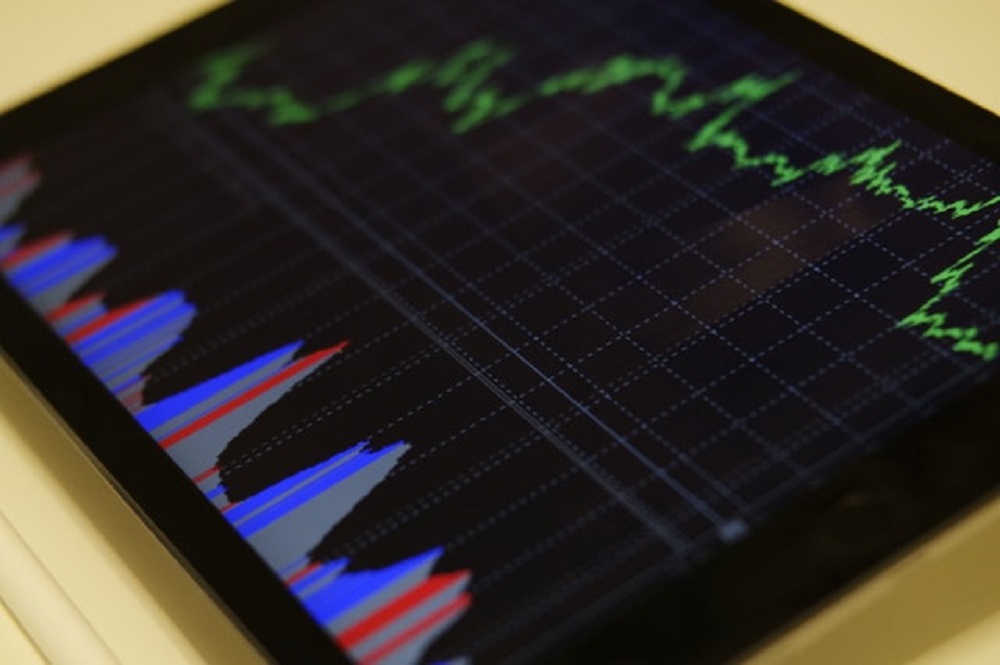
Strategy 1: Delta Neutral Market Making
A market maker, when they have bought a bunch of shares, now has an outright risk, as, if the price moves against them while they hold it, they would be stuck with a loss.
To counteract this, a market maker will seek to offload the risk in another place.
The simplest example of this would be two cryptocurrency exchanges.
A market maker would put limit orders on an exchange with low liquidity, and when those orders are filled, immediately send a market order (on the opposite side) to an exchange with higher liquidity.
So, if they bought on one exchange, they'd sell on another.
In this way, though, they'd have open positions on both exchanges, they sum to zero, and there's no outright position (gains on one exchange offset the losses on the other).
They'd then do the reverse to try and unwind their inventory.
The price the maker would offer on the low liquidity exchange would be the cost of filling the market order on the higher liquidity exchange, plus a small profit.
In this way, a market maker picks up lots of little ‘ risk-free ' profits every time they trade.
This is easy to do on relatively new markets with low liquidity.
Early market makers can often make a killing here by charging large spreads.
Established/high liquidity markets tend to have very tight spreads by comparison.
Market makers adopting this strategy look for edges by:
- Looking for new exchanges/low liquidity exchanges
- Doing deals with exchanges, such that they get rebates (paid) to make markets
- Doing deals with exchanges, such that they get better information or order types than regular market participants
- Technology – Use of faster-than-internet microwave towers to spread markets; for example, between Chicago and London. Having price and order info before everyone else results in guaranteed profits. This falls into the category broadly known as 'high-frequency trading'.
Strategy 2: High-Frequency Trading – The Stoikov Market Maker
In this strategy, market makers place buy and sell orders on both sides of the book, usually 'at-the-touch' (offering the best prices to buy & sell on the whole exchange), which means that they will be filled whenever someone comes along with a market order.
This ‘at-the-touch’ strategy is sometimes called ‘joining the spread’. Instead of having a strategy of your own, you’re effectively copying what all the market makers are doing.
This strategy trades as often as possible, constantly filling buy and sell orders around the market price.
The strategy assumes an approximately even distribution of buy and sell orders.
This is a simple way of saying that prices are a random walk.
When this is the case, the strategy makes money.
If the orders become lopsided, for example, there is a string of buys, which you'll tend to get when the market is trending upwards; here, the strategy loses money.
If you sit and watch order books on real exchanges (visit Bitmex for an example), you can see when the price moves quickly, liquidity suddenly vanishes as market makers widen their spreads and hedge their bets.
This strategy has what is known as a negative skew, as it makes small amounts of money most of the time and takes the occasional loss when things turn against it.
When a market maker gets a fill they wish they hadn’t (for example, in a trending market), this is called adverse selection. Market makers seek to avoid adverse selection as much as possible.
Many market makers will choose to accumulate inventory if they have an insight (for example, if a market is trending, they might set higher sell prices).
Strategy 3: Grid Trading
In this case, a market maker places limit orders throughout the book, of increasing size, around a moving average of the price, and then leaves them there.
The idea is that the price will 'walk through' the orders throughout the day, earning the spreads between buys and sells.
As the order sizes get larger with the spreads, this strategy has the martingale effect – it effectively doubles down as prices deviate from the average price.
Unlike Stoikov, as the orders are further apart, fills happen less often, but the spreads (and hence profits) are larger.
In this strategy, the most important thing is calculating the average price.
The best way to do this is:
- A moving average of prices
- A moving average of prices + a jump function (a function that resets the average after a sudden spike)
- The current best bid-offer price, reset periodically (as per the high-frequency algorithm described above)
- Looking at the prices on other exchanges/related instruments (sometimes called statistical arbitrage )
Market Maker Myths
Market Makers Set Prices
Market Makers and Stop Hunting
Manipulating the price in this way is not permitted on regulated markets.
Some proprietary trading market makers will run more aggressive strategies, but typically these strategies involve exploiting weaknesses in competing maker’s strategies.
Market Makers When Using Leveraged Trading Services (CFDs, Spread Betting, etc.)
In this way, you are cut off from the competitive spreads you get on a real exchange.
These services charge substantial spreads to customers (as well as funding fees).
They offload their risk in the main market (see the delta neutral example above), so they'll make a guaranteed profit.
These CFDs and spread bets are not like trading in the real market.
My own back-of-an-envelope calculation implies you'd need to make a 30% return a year, just to offset the fees of trading with CFDs. The costs of spread bets are larger still.
There are exchange-traded CFDs, but if you are looking for this type of leverage and exposure in equities, you'd be better off using options, not CFDs or a spread bet.
Building Your Own Market Maker
- Find an instrument that's traded on two exchanges
- Find two instruments that trade in a related/cointegrated fashion (that is, they move in approximate lock-step with each other)
Choose the side with less liquidity to be the 'maker' side – that is, the exchange you are going to provide liquidity to.
Bitmex has an example market maker written in Python, which is a good place to start.
Out of the box, this market maker performs an ‘at the touch’ strategy (similar to that described above) – but don’t expect it to make any money without some work.
WikiJob does not provide tax, investment or financial services and advice. The information is being presented without consideration of the investment objectives, risk tolerance, or financial circumstances of any specific investor and might not be suitable for all investors. Past performance is not indicative of future results. Investing involves risk including the possible loss of principal.
Myanfx-edu does not provide tax, investment or financial services and advice. The information is being presented without consideration of the investment objectives, risk tolerance, or financial circumstances of any specific investor and might not be suitable for all investors.
Financial Trading is not suitable for all investors & involved Risky. If you through with this link and trade we may earn some commission.
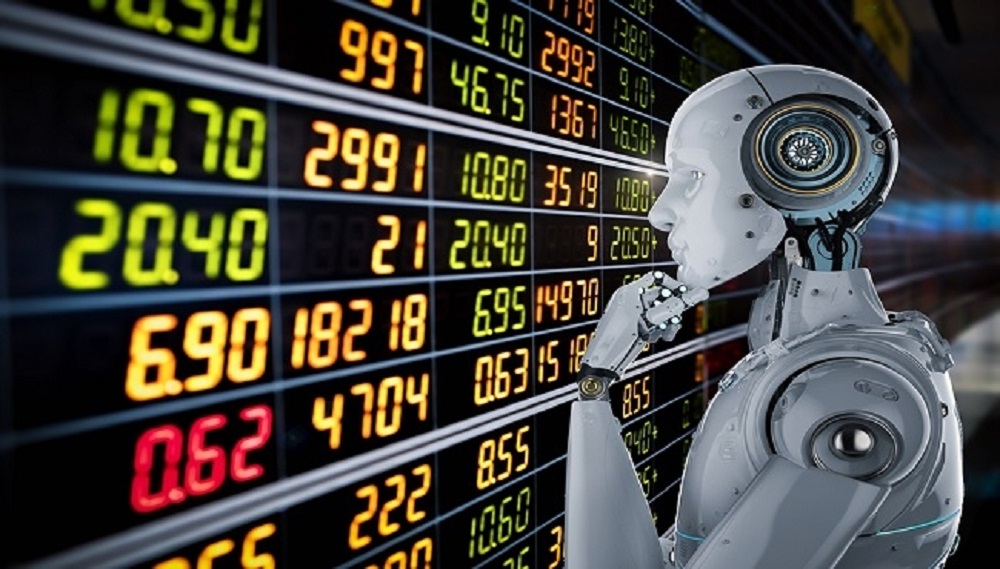
Types of Forex Market
There are three different ways to trade forex:
Spot Market
This is the most popular way to trade forex. Currencies are bought and sold according to their trading price.
The trading price takes supply and demand into account, but it is also based on other factors like economic performance, interest rates and ongoing political issues. Although the spot market deals with transactions ‘on the spot’, these usually take two days to settle.
Forwards and Futures Market
Forwards contracts are private agreements made between two parties. They are made in advance. Currency is purchased on a predetermined date for a pre-agreed price.
Futures contracts are standardized agreements made between two parties. One party takes delivery of a currency on a pre-agreed future date in exchange for a predetermined sum.
Forwards and futures are both binding. They are usually settled for cash at the relevant exchange when they expire – however, they can be bought and sold prior to their expiry.
Forwards and futures trading can provide protection against risk. Large international firms often use these trading types to hedge against future exchange rate changes, but they are used by speculative traders too.
In the United States, the currency futures market is regulated by the National Futures Association. Futures contracts must include certain information, such as the number of units to be traded, pre-agreed delivery and settlement data and non-customizable minimum price increments.
Pros and Cons of Forex Trading
Learning to trade forex can bring many benefits. Being a global market with high liquidity, there are opportunities to make a profit. Traders buy and sell currency pairs throughout the day and night, with more than $4 trillion being exchanged on the average day.
If you want to trade as a hobby, forex currency trading is a good choice. You do not need a significant initial investment, and the market is reasonably easy to enter. Demo accounts enable you to practice trading forex without risk.
There are few additional fees to consider when compared to other types of trading. Transaction fees tend to be low, but your broker might charge a commission fee, which may be variable according to your trading activity.
Technology makes trading forex easy, with a range of different platforms available. Mobile apps, algorithms and connectivity means you can make trades in real time, wherever you are.
As there is no centralized exchange system for forex trading, each country is responsible for regulation. Using a regulated broker is vital – this will give you reassurance that it is transparent, fair and closely monitored.
Like any form of trading, forex trading involves risk. It should not be viewed as a get-rich-quick scheme. To be successful, you must build up your knowledge and commit to understanding the market and global economies.
Forex Trading Risks
The main risks of forex trading are:
- Leverage – This can affect your trades positively or negatively. The higher the leverage, the bigger your profits or losses.
- Interest rate changes – When an interest rate goes up in a country, their currency may become stronger. Investors may choose to invest more money in the country’s markets, as this could bring them higher returns. In contrast, when an interest rate falls, the currency may become weaker, meaning more investors choose to sell their investments.
- Transaction risk – This risk is linked to time differences between different countries. It can happen at any time between the start and end of a contract. During the 24-hour settling period, exchange rates might change. This type of risk is more likely when there is a significant time difference between entering and settling a contract.
Forex Automated Trading
Many automated forex trading systems are available to purchase. They are popular because they can react to information much faster than a human could. As the forex market is open 24 hours per day, they are also able to keep on top of your trades when you are unavailable.
Forex robots use computer code and algorithms to carry out trading activities. Forex robots are legal, but traders should be cautious when considering using one. The marketplace is not regulated, so there are many scams to be wary of.
Forex robots can be fully or semi-automated. Some are free, whereas others are very expensive. Choosing a robot to complement your trading strategy may be helpful, but trading successfully will require human input and effort too.
Robots allow traders to test out potential trading strategies against historical data. Carrying this activity out manually can be very time-consuming and complicated. They are easily available, but it is important to do your research before choosing one.
When choosing an algorithmic trading strategy, consider your own trading style. A news-based trading system considers world and economic activity, such as natural disasters, elections, war and political unrest. It involves holding positions for short timeframes and uses algorithms that react to news stories and generate trade signals.
A trend-based strategy follows market activity and trends. It considers how a price has moved in the past. If an upward trend is identified, the automated system may recommend a long position where the trader buys in anticipation of a future price rise.
On the other hand, when a downward trend is identified, the system will recommend the trader go short, which means selling the security with a view to buy it again for a lower price.
If you want to use a scalping strategy, an automated system will be able to work considerably faster than you could, processing thousands of trades in under a second.
How to Become a Forex Trader
Learning to trade forex is time-consuming and complicated. You will need to:
Invest In the Necessary Equipment
You will need a high-speed computer with a stable internet connection. Some traders choose to download their chosen trading platform to their tablet or smartphone, but this is not essential.
Learn Trading Terminology
Taking a forex trading course is a good starting point for learning the basics, including terminology. As you begin to learn FX trading, you will encounter several common terms, including:
Pips
This describes the base unit in the price of the currency pair – or 0.0001 of the quoted price for currency pairs that do not include Japanese yen (JPY). When the bid price for the GBP/USD pair moves from 1.17778 to 1.17788, there is a difference of one pip.
Spread
The difference between the ask price and the bid price is referred to as the ‘spread’. When you look at popular currency pairs, the spread is usually very low. For currency pairs that do not trade so often, the spread is usually higher.
For a forex trade to be profitable, the value of the currency pair will need to be higher than the spread.
Margin
This term refers to the money remaining in the trading account at the point of opening a trade.
Since retail forex traders do not usually have the required margin to trade at volumes needed for significant profits, forex brokers often give clients access to ‘leverage’.
Leverage
This term refers to the capital granted by a forex broker to raise the volume of trades that their customers are able to make.
For example, the face value of a lot is equivalent to 100,000 units of the base currency. For GBP/USD, this would be £100,000.
The trader uses a 1:10 leverage rate and has £1,000 in their trading account. Leverage allows them to trade a currency pair with a £10,000 position size.
Should the trade be successful, the leverage will increase the trader’s profits by a factor of 10. But they will need to bear in mind that leverage will multiply any losses in the same way.
Whether you are a novice or expert trader, leverage should be used cautiously.
Should your account balance drop below zero, you can ask the broker to invoke their negative balance policy. This protection is available from European Securities and Markets Authority (ESMA) regulated brokers and means your balance cannot drop below zero.
Bearish Markets
When the prices of stocks are falling, the market is referred to as bearish. When a stock price drops rapidly, this is considered to be very bearish.
Bullish Markets
A bullish market is the opposite of a bearish market. When the prices of stocks are rising, the market is referred to as a bull market. When a stock price increases quickly, this is considered to be very bullish.
Trading Platform With Demo Account
A trading platform enables you to trade independently. It also provides access to useful trading resources.
There are many different trading platforms to choose from, so it is important to research what is available and choose the one best suited to your requirements.
Forex Trading Strategies
Many different strategies can be used to trade forex.
Strategies for Beginners
As a beginner, consider using one of the following strategies:
Breakout
The breakout strategy identifies breaks as trading signals. Consolidation describes a market that is swinging between support and resistance bands.
A breakout describes a situation when the market moves outside of the limits of that consolidation, either to new highs or new lows. A breakout often takes place before a new trend begins.
Traders should bear in mind that a breakout does not always lead to a new trend, so setting a stop-loss order is sensible.
Simple Moving Average (SMA)
A moving average is a lagging indicator that is influenced by historical price data. They can help traders to confirm trends and make decisions accordingly.
Donchian Channels
Traders can modify the parameters of the Donchian Channels to suit their needs. Invented by Richard Donchian, it involves establishing the highest high and lowest low during a user-defined timeframe.
Breaks in the Donchian Channel can be used to make trading decisions. If the market price is higher than the highest high during the specified timeframe, the trader should buy. If the market price is lower than the lowest low during the specified timeframe, the trader should sell.
Strategies for Experienced Traders
For experienced forex traders, possible strategies include:
Hedging
Hedging involves ‘hedging your bets’ as a form of risk management. It offers protection for open positions against possible negative movements in the market.
This technique is often employed in response to news and world events that may make the market more volatile.
Carry Trades
Carry Trades involves borrowing a financial instrument at a low interest rate, then investing what you have borrowed in a second financial instrument with a high interest rate.
Over time, traders hope to profit from the difference between the interest paid and interest received. This is known as the interest rate differential.
Scalping
Scalping involves skimming small individual profits from a large pool of trades.
Profit is acquired through buying and selling currencies within a short time frame. It requires intense concentration and a significant time commitment.
What to Consider
When choosing your strategy, consider the following:
What Is My Current Understanding of Trading? What Am I Good At?
Also, what affects my discipline, focus, patience and ability to follow through on actions?
Be aware of the potential hurdles you might face when forex trading, as well as your own behavioral tendencies. For example, you might be prone to trading impulsively or over-trading.
How Can I Improve My Knowledge of Trading and the Currency Exchange Markets?
Commit to continuous learning to optimize your performance and improve your expertise.
Keep a trading journal to help monitor your thoughts and feelings, as well as your progress and track record.
What Is My End Goal?
To work out how much capital you will need to meet your goals, you should:
- Set a reasonable expectation for the amount you wish to make from trading annually.
- Work out a reasonable expectation of return. An experienced trader could make between 15-25% each year, but if you are a beginner, then your return is likely to be much lower than this.
- Use the following equation: Desired income / return % = capital required.
For example, if your desired income is $2,000 per year and you expect a return of 5%, you will need an initial capital amount of $400.
How Will I Manage Risk?
Initially trading on a part-time basis alongside your other commitments is a sensible way to start.
This will help you to perfect your trading strategy, learn how to work in line with your plan and build up your confidence. You will also enjoy the benefit of extra income to complement your salary.
How Will I Adapt My Trading Strategy to Fluctuating Market Conditions?
The best way to learn how to adapt your trading strategy is to make use of a demo account.
Using a demo account will not offer the same adrenaline rush you would get from risking real money, but it will teach you the importance of closely monitoring market conditions. It can also help you to understand how exchange rates move.
That said, you should be aware that using a demo account for virtual trading removes the psychological element of risk-taking, which can be the deciding factor as to whether you are a successful trader or not.
Although using a demo account will not provide an accurate assessment of your trading abilities, it is the ideal way to practice. It can also be used to look back on historical statistics of your trading plan.
As you build up your currency trading skills, you will learn methods for reading and interpreting changes in market activity. This will allow you to check how your chosen trades are performing, comparing this to external factors such as world events and the global markets.
How to Choose a Forex Trading Broker
With so many options, it is vital to know what to look for in a forex trading broker.
When choosing a broker, you should look for the following:
- Tier 1 regulated – When you trade, you will be entrusting your broker with money and your personal details. Choosing a regulated broker will give you peace of mind that your funds and information are protected.
- Fast execution speed – The execution speed is the time that elapses between sending your order to the broker and the order being fulfilled. Choosing a broker with fast execution speeds is especially important if you intend to trade using a scalping strategy or automated trading platform.
- Technical analysis tools – As a forex trader, you will need to learn how to analyze historical trading data. Using a broker with good technical analysis resources means you will be able to easily identify trends and patterns to assist your making decisions on your trades.
- Customer support – Your forex broker will support you through every step of your trading career. It is important to choose a broker that is easy to contact, efficient and able to offer high-quality guidance.
- Lower fees and commission – Some brokers work on a commission basis, but the majority make money through spreads. There may also be a minimum deposit, charges for holding an open position overnight, withdrawal charges and interest rates to consider. Always check the small print of your chosen broker’s service agreement to avoid unexpected fees.
- Educational resources – The top forex brokers want their traders to turn a good profit. To support you, many offer articles, webinars and tutorials that are included in the cost of your account.
Final Thoughts
Becoming a successful forex trader will not happen overnight. It will require commitment, dedication and planning.
You should always start with a demo account; this will help you to learn your way around the markets and build a trading strategy. Sampling several different demo accounts will help you to choose the trading platform that works best for you.
When you are ready to start trading real money, remember to start small and work your way up. You should also use stop losses to minimize risk.
Recording your trades and thoughts in a trading journal is a useful way to keep track of your learning and performance.
Myanfx-edu does not provide tax, investment or financial services and advice. The information is being presented without consideration of the investment objectives, risk tolerance, or financial circumstances of any specific investor and might not be suitable for all investors.
Financial Trading is not suitable for all investors & involved Risky. If you through with this link and trade we may earn some commission.

Iron ore is widely available and a relatively easy commodity to mine. Historically, supply has matched

As with soy beans, corn is widely produced and used, and its price is dependent on the
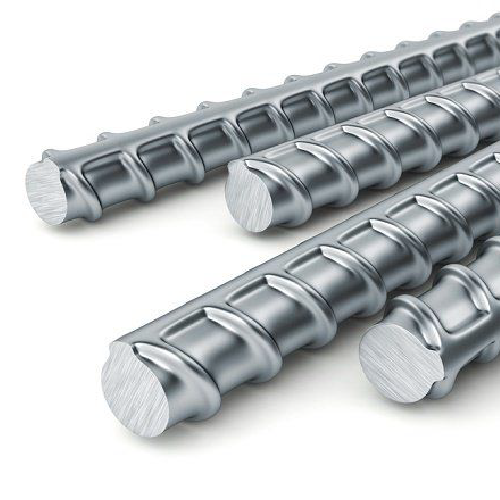
Steel is created from iron ore and carbon, and on occasion, other elements such as manganese
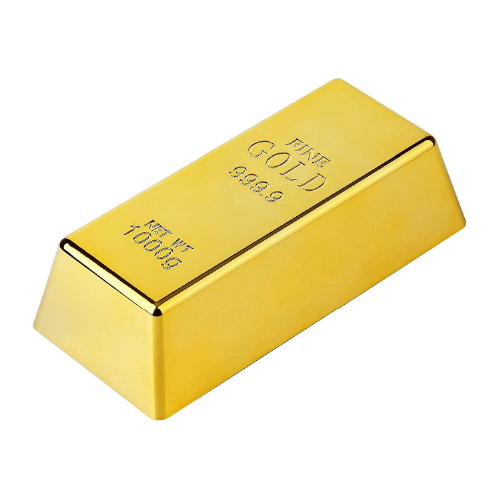
Gold is one of the most regularly-traded commodities and is a precious metal that is continually
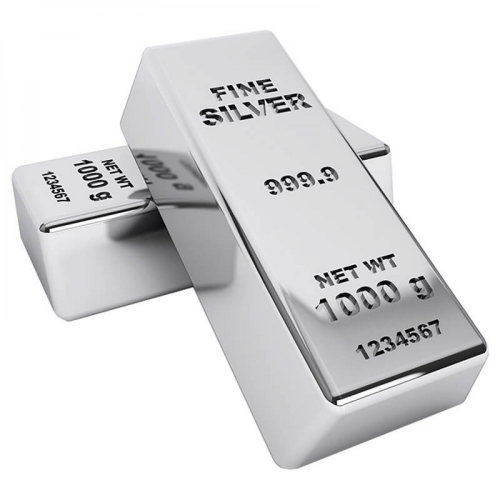
Another precious metal, as a commodity, silver shares many of the attributes of gold: Rare and therefore
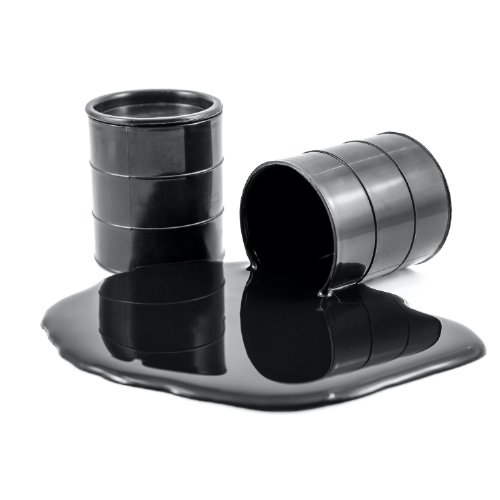
The first of the fossil fuels on our list, crude oil is not simply a source of

The second of the fossil fuels in this article, natural gas is used as an energy and

Currently one of the most volatile agricultural commodities on this list, coffee is widely consumed and produced.

With its ability to conduct heat and electricity and its resistance to corrosion and the
Want to Trade Online?
Easy Trading Platform
Copy Experienced Traders
Trade from Your Pocket
Trade with Liteforex
- Best Mobile App
- Free Trading Courses
- Low Fees
- Fast Execution
- 24/7 Customer Support
CFD Trading on financial markets carries risks. Before deciding to trade, you need to ensure that you understand the risks involved.





